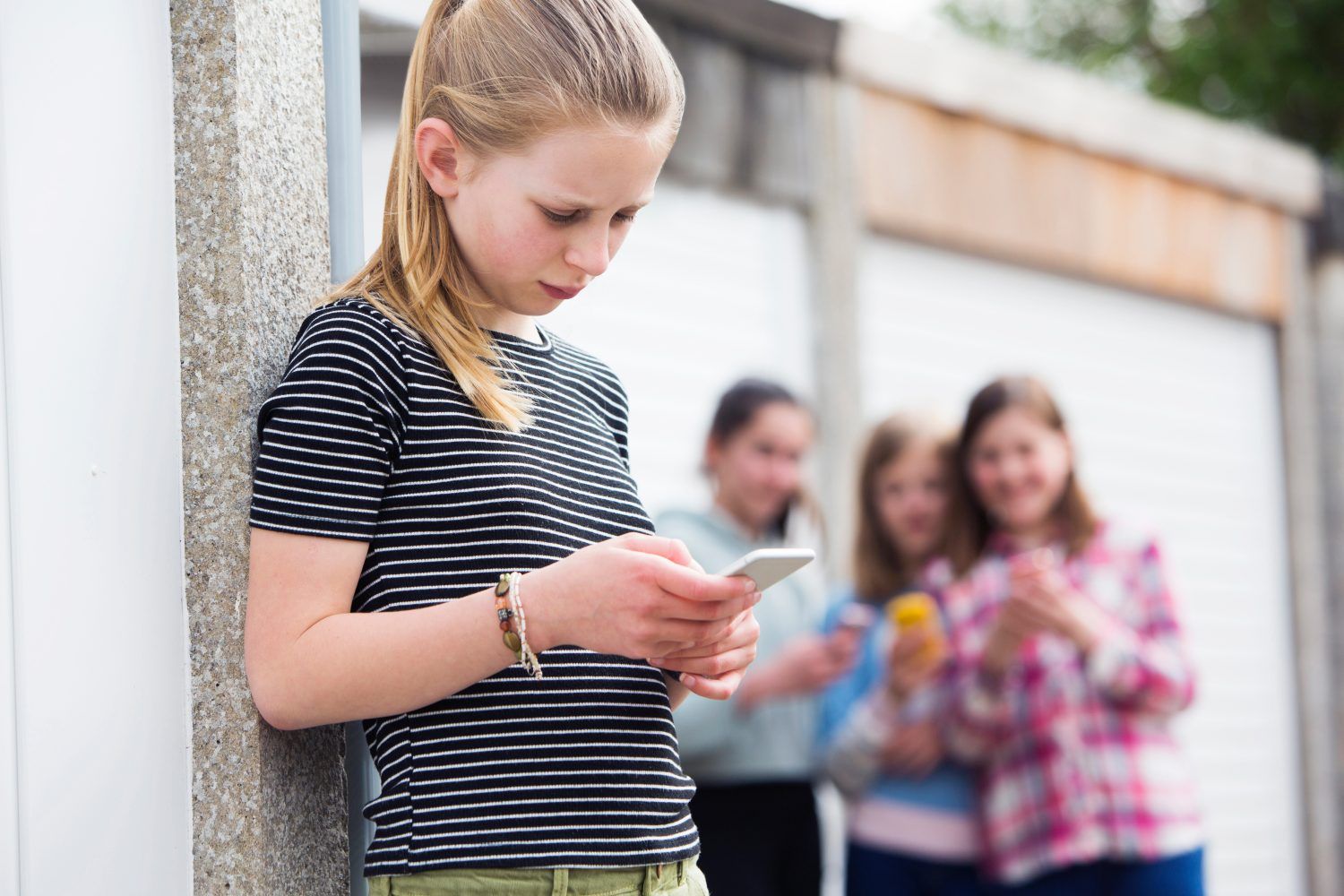
Bullying is a very talked about topic and is a problem for a number of children and adults in our society.
One of the first things to determine is whether something is being bullied. Although being excluded or ignored is unpleasant, not all circumstances are due to bullying.
What should we all be doing about bullying in schools?
Bringing children up in a caring and compassionate way, helps them to NOT be a bully. This is a fundamental way to prevent bullying and it is to lessen the number of bullies that children are exposed to. Some children will, despite their parents working very hard, not grow up in a nurturing place due to circumstances such as:
- Family financial status
- Drug use in the family
- Frequent relocation or movement of the family and loss of friends and supports
- Exposure to domestic violence and harm
- Exposure to war and conflict
These children need a highly supportive community to help them feel valued and cared for, and this lessens the tendency for these children to be a bully. Most bullies are acting in a controlling, vindictive and manipulative way as they are not coping well with a part of their life. Recognising these children early and intervening with support will lessen their likelihood of being a bully.
Providing rewards to children who care about others, show compassion, show patience and tolerance will allow children to feel proud of those qualities. Children learn best from positive rewards for positive behaviour.
We also learn the best from our mistakes and children who bully others need to learn from their behaviour so that they can carry that knowledge with them.
At Home
- Parents and carers are our children’s first teachers, and they learn from what we do and will mirror our actions. This means that we need to be aware of the example that we set when talking to others in particular how we show respect and care for other people.
- Using phrases such as: ‘We only say things that are helpful and not hurtful’ or ‘We don’t have to be everyone’s friend but we have to be respectful to everyone’ can help kids make some decisions around their behaviour.
- Doing tasks/chores for others is another way to help children understand their larger role in a group and their impact on others. Chores in the home help children build an understanding of their part in a ‘big picture’ so that they realise their choices and actions effect others.
Bullying, Harassment and Violence
All DECD schools work within the guidelines of the School Discipline Policy
DECD, school communities, services and agencies will work together to create learning communities which are safe, inclusive and conducive to learning – free from harassment and bullying.
All DECD schools are required to have an anti-bullying and harassment policy, either as an individual statement or as part of the school’s behaviour code.
Resources
- This document from ‘Turn Up The Music- Prevention Strategies To Help Parents Through The Rap, Rock, Pop, And Metal Years’ by Jeff Dess is a well written document that helps us determine the difference between teasing and bullying with some examples.
- ‘The Bully, The Bullied and The Bystander‘ by Barbara Coloroso.
- Bullying No Way! is the premier website for school communities regarding information and resources to tackle bullying and cyberbullying. The Safe Schools hub provides a wide range of online resources, case studies of safe schools, professional learning for education staff and guidelines for parents, in relation to the National Safe Schools framework.

